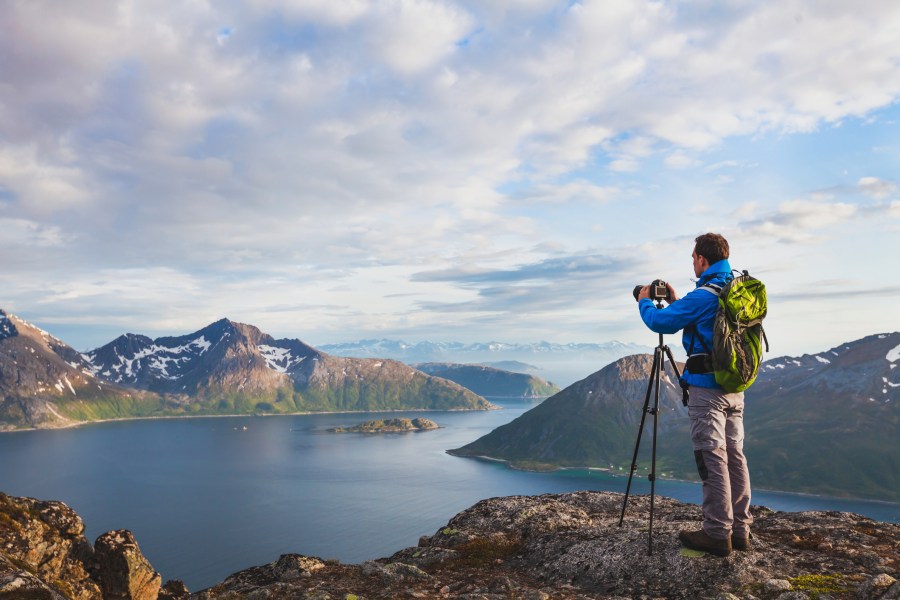Picturesque is fine in moderation, but we should get more real about landscape photography and park this fantasy that we’ve discovered some amazing place unsullied by human activity, says deputy editor Geoff Harris
Working on AP, I see a lot of letters from photographers, mainly of a more conservative creative bent, who claim that editing images on the computer is somehow cheating.
Yet I wonder, are these the same types who head out to popular beauty spots at the weekend and take landscape images that cheat even more?
By cheating, I mean deliberately obscuring the fact that the UK is a very overcrowded country, and choosing to ignore all the other stuff that happening around them. Other photographers, tourists, ice cream vans, boy racers and so on and so on. Isn’t it also our job as photographers to record the world as it is in 2023, not how we’d like it to be?
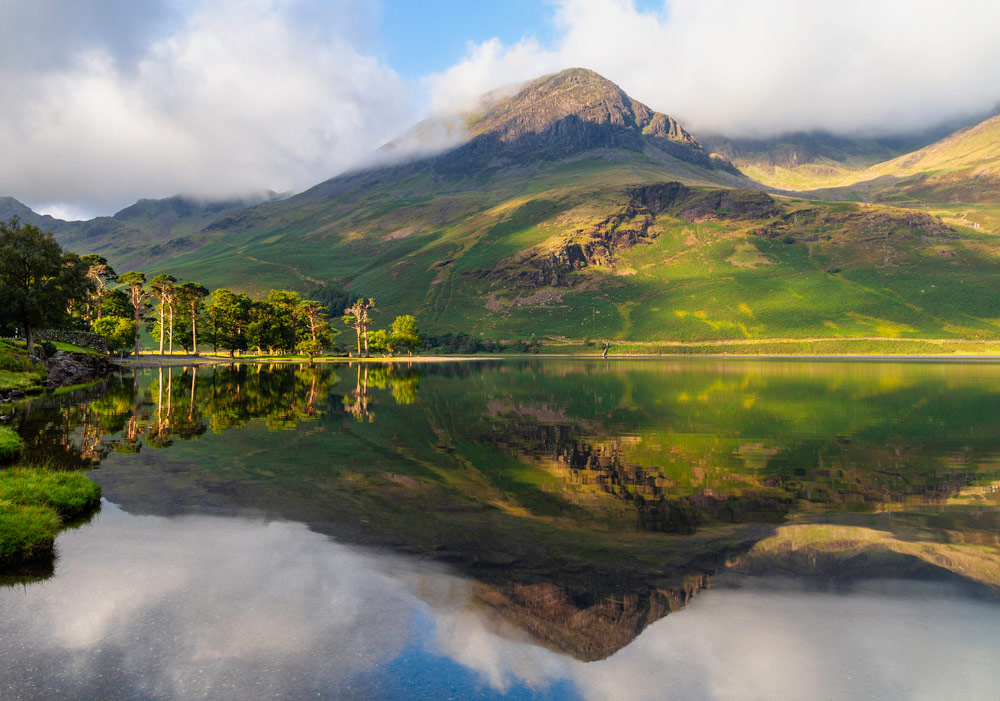
Straight Outta Wordsworth… a conventional picturesque view of the Lake District in the UK. Credit: Getty Images
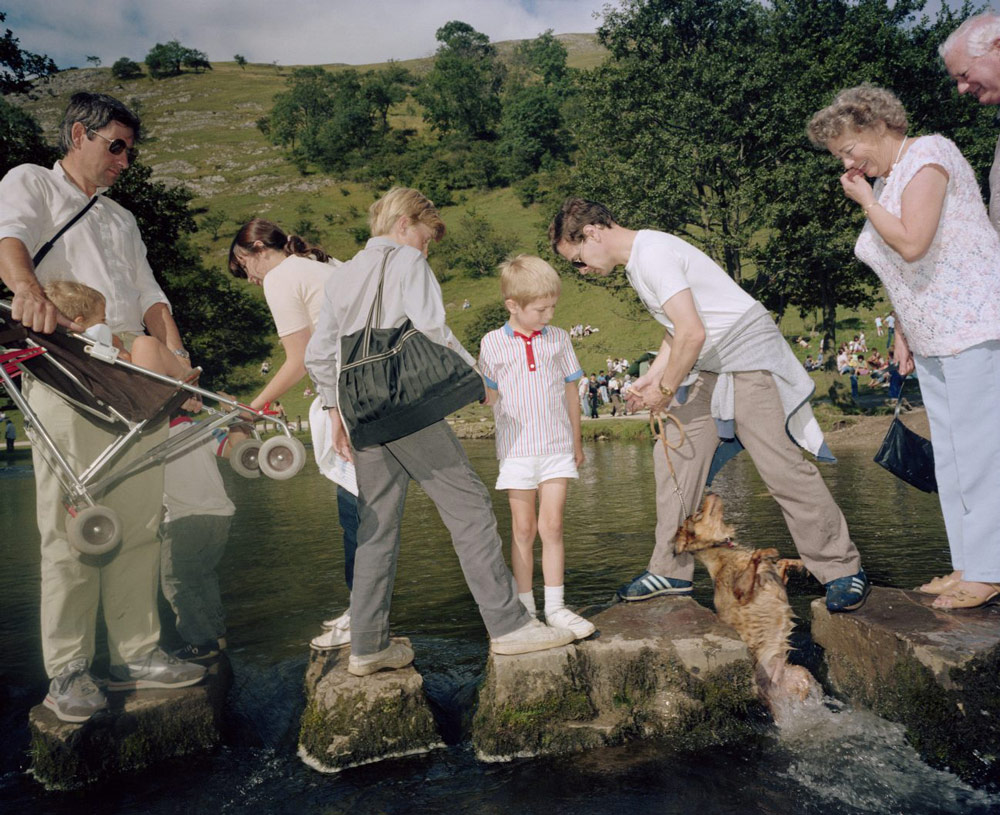
Versus Martin Parr’s arguably more accurate depiction of a popular beauty spot in the tourist season. Credit: Martin Parr/Magnum Photos
Art landscape vs conventional landscape
I’ve come to realise that a massive gulf has opened between depictions of the landscape in ‘art’ photography and more mainstream hobbyist work.
Apologies for sounding simplistic, but art photographers, for want of a better term, are usually happy to shoot landscapes on a grey, overcast day, and to include evidence of man’s activity in said scenes. Indeed, they often seek this out, either to show the reality of life in 2023 or for humorous effect (Martin Parr combines both approaches, as does AP contributor Peter Dench).
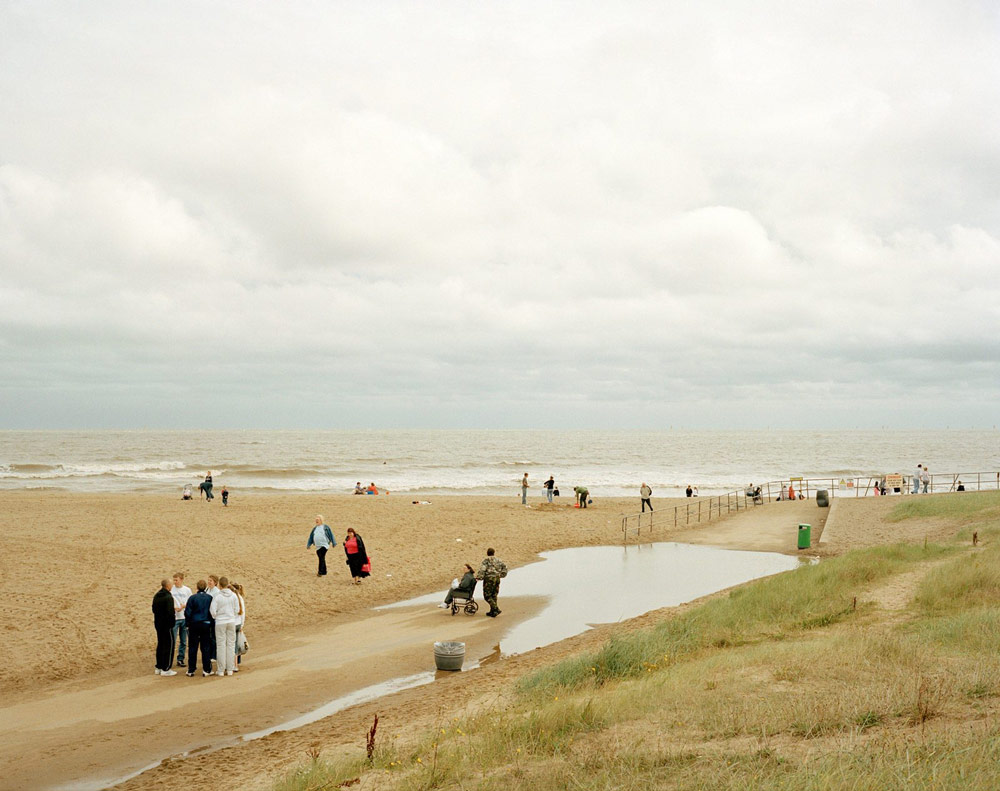
Photographers at the ‘Art’ end of the spectrum, such as Simon Roberts, present a warts-and-all view. From We English, credit: Simon Roberts
More traditional landscape photographers, however, including many pros, often present a highly selective and romanticised view of the landscape, and work hard to keep out any evidence that any other person has ever been there.
The irony is that much of what people regard as classic English countryside – rolling green fields with hedges, or wheat fields – is very much a man-made entity.
Many landscape photographers are still preoccupied with the ‘picturesque,’ and draw, consciously or not, on a tradition that goes back to the Romantic movement (and before that, the idealisation of rural life in the Pastoral tradition).
Park the picturesque?
Back in the 18th century, stagecoach passengers used to carry frames with them, so they could literally see the passing landscape in a picture-perfect way and edit out local peasants in the fields (or the industrial revolution).
I understand that pro photographers want to take pictures that will sell, so market forces are at work here, but isn’t it time we looked beyond these rather hoary conventions?
I recently heard a fascinating talk by Joanne Coates at the PhotoFrome festival. As well as being a talented photographer, Joanne is an agricultural worker from Yorkshire.
As she eloquently pointed out, traditional photographic portrayals of where she lives and works usually exclude the indigenous population – many of whom struggle to get by on low incomes, or live in villages where second-homers and well-heeled retirees have made it nigh impossible for their kids to afford a house.
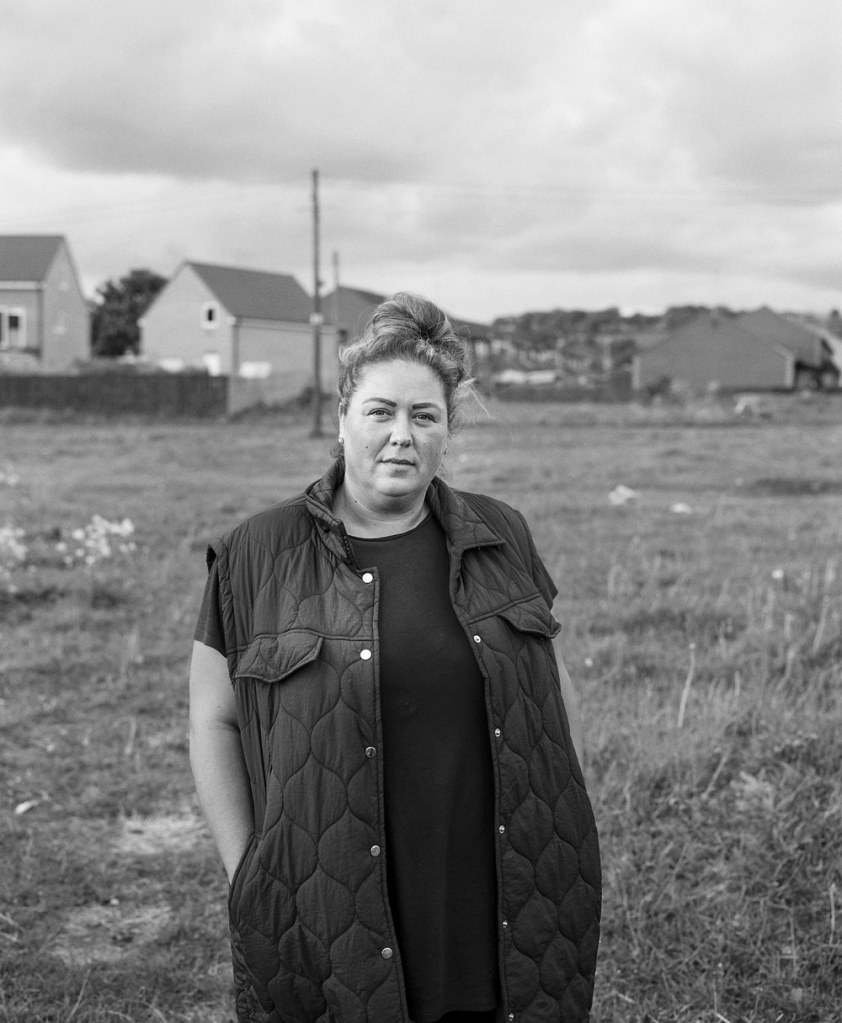
The locals who live in beauty spots, many of who face rural poverty, are usually forgotten about (image credit: Joanne Coates)
Go to some local camera clubs, however, and you often hear landscape competition judges say that evidence of human activity, from housing estates to a local tradesperson’s van, are ‘distractions’ that should be edited out.
This all maintains the frankly silly fantasy that the photographer has somehow stumbled on an unspoilt Eden just 30 minutes from the motorway or freeway. It’s a regimented and predictable approach that also stifles people’s creativity.
Lots of landscape approaches
Of course, I realise that not everyone wants to be a social documentary photographer, and as mentioned, it’s easier to sell a picture of a wild moorland than one with a quarry in the frame. And it’s fine to just want to take nice pictures to hang on the wall.
I also realise that a lot of big landscape photography competitions now include a range of categories that reflect the world we live in more accurately, alongside the more idealised ‘classic’ view.
But to go back to my opening point – when it comes to accusing Photoshop and Lightroom users of somehow distorting reality and cheating, many photographers should consider their own rather unrealistic and some would say dishonest portrayals of the landscape.
You can stand in front of a well-known mountain and tinker with ND grad filters all you want, but they won’t change the reality of a busy road you used to get there, or the nearby car park full of other visitors eating their sandwiches and playing with their phones. Can we at least think about getting a bit more real, please?
The views expressed in this column are not necessarily those of Amateur Photographer magazine or Kelsey Media Limited. If you have an opinion you’d like to share on this topic, or any other photography related subject, email: [email protected]
Further reading
The best landscape books for inspiration
Fine-art landscape photography
Best photo-editing software
Photoshop vs Lightroom – which is best for photo editing?

